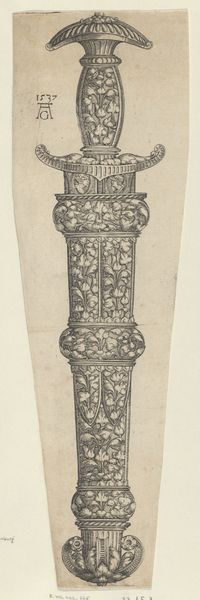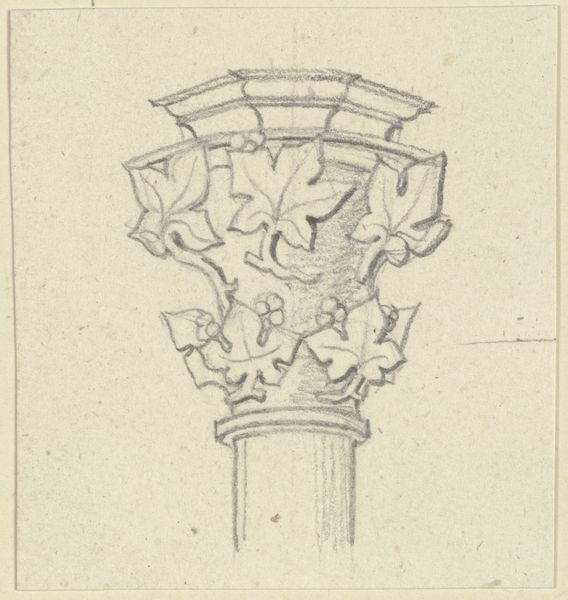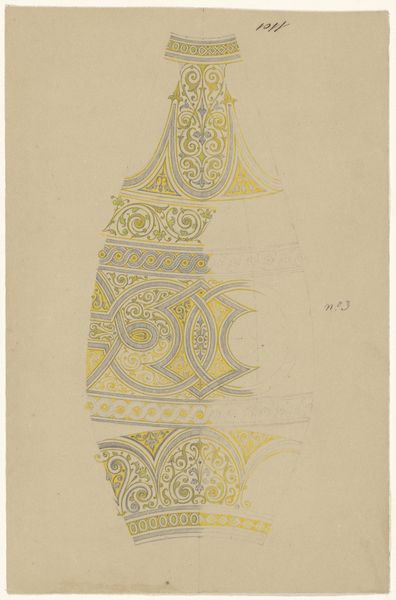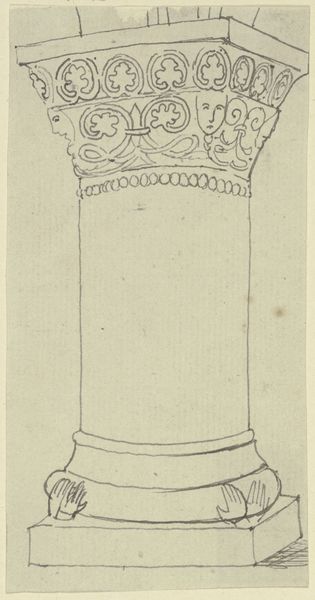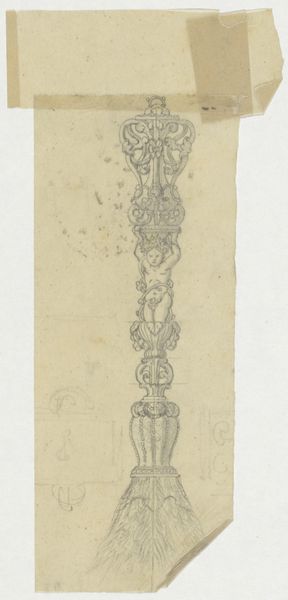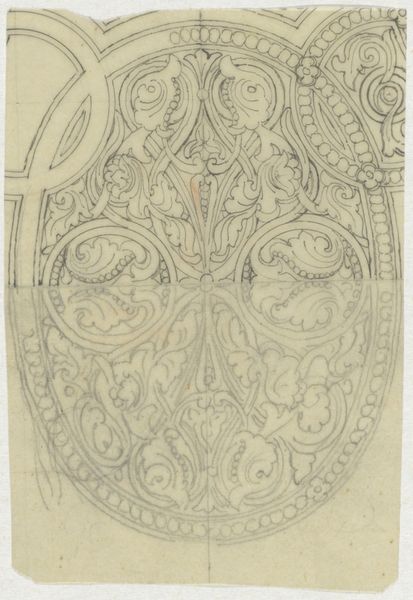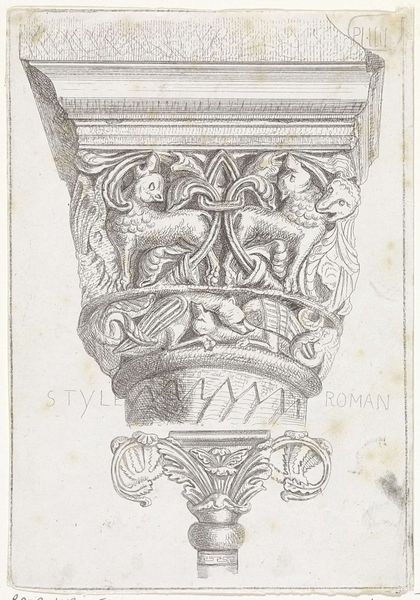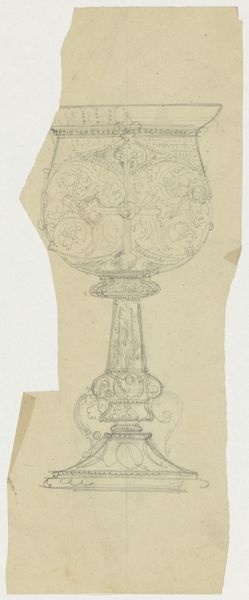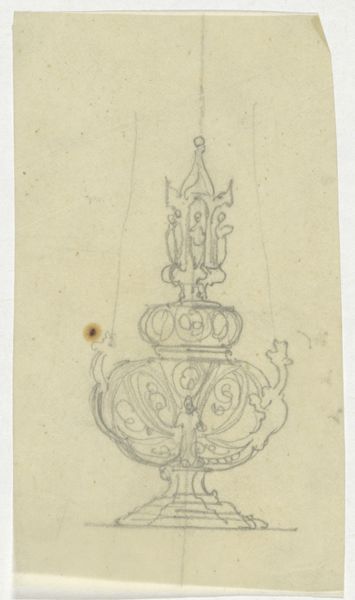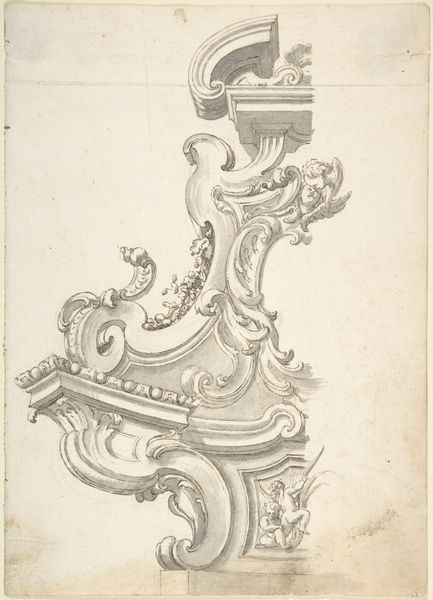
drawing, ink, architecture
#
drawing
#
classical-realism
#
form
#
ink
#
geometric
#
line
#
decorative-art
#
architecture
Copyright: Public Domain
Editor: Here we have Karl Ballenberger's drawing, "Roman Capital," crafted in ink. It feels quite formal, like a blueprint, but the stylized griffins give it an interesting twist. What do you make of this piece? Curator: This drawing gives us insight into the artist’s, and perhaps the period's, engagement with classical ideals. It’s not simply about replicating form, it's an interpretation filtered through a particular lens. Consider the Roman capital itself; it symbolizes power, order, and the grandeur of empire. Now, who has access to such symbols, then and now? Who is empowered to recreate and interpret these forms? Editor: That's interesting. I hadn't thought about the power dynamics involved. Curator: And consider the choice of medium – ink on paper. This suggests a study, a process of understanding. But for what purpose? Is it simply admiration, or is there a desire to appropriate and reimagine this classical language? Editor: I guess it could be both. The griffins add this layer of fantasy and almost... resistance, to the strict geometry. It makes you wonder about Ballenberger's intentions, like he is using it to comment on the classical structure and ideas. Curator: Precisely! These hybrid creatures challenge the purity of the classical form. And it makes us think about whose stories are told and whose are left out of those grand narratives that the architecture aims to represent. Editor: I’m starting to see it as less of a straightforward copy and more of a dialogue between the past and the present, laden with the social and political context. I initially viewed the Roman capital as simply an object, but now I see the drawing speaks volumes about power and how symbols evolve. Curator: Exactly! It invites us to question the narratives we inherit.
Comments
No comments
Be the first to comment and join the conversation on the ultimate creative platform.
